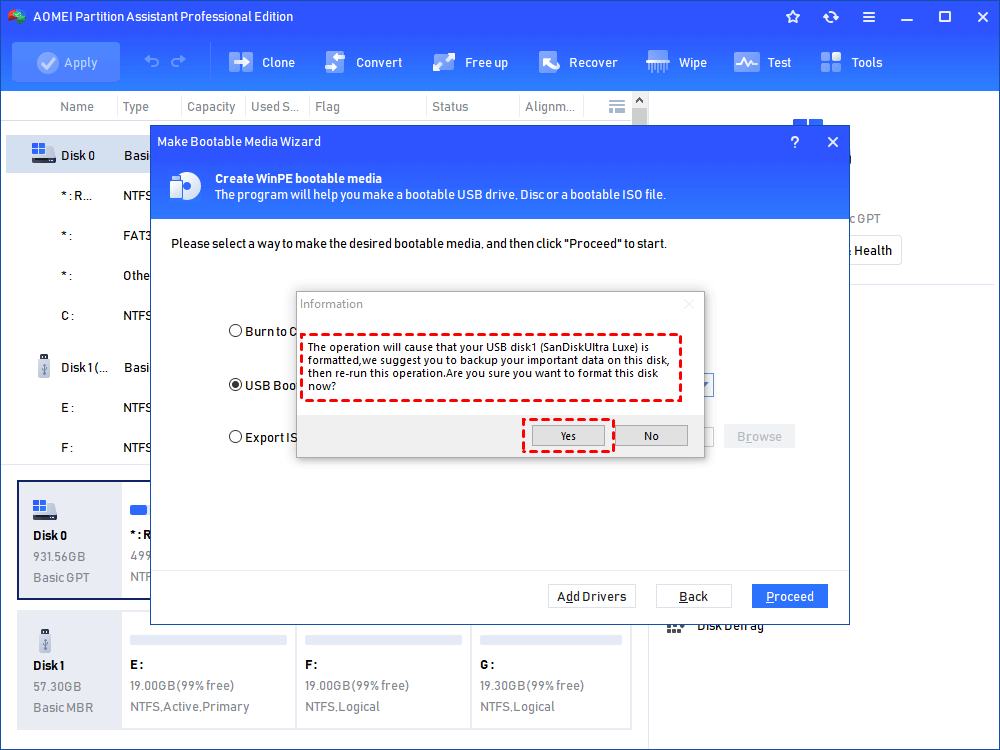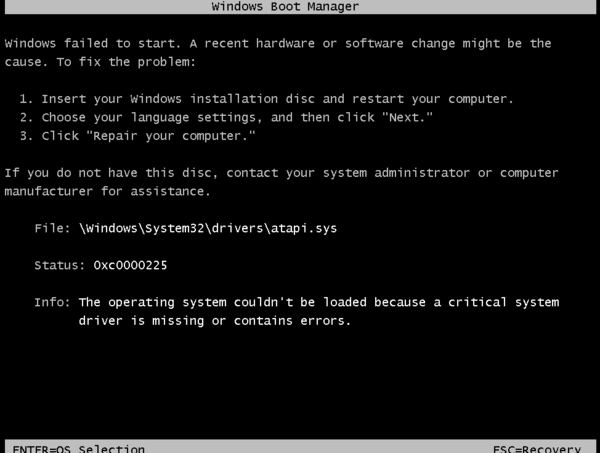
Only if system and boot partitions are on a basic drive, this method works. So please make sure every step is made exactly as this article guides.Ģ. The following steps require certain computer knowledge to be finished, any mis-operation would possibly result in system failure.
#CREATE BOOT PARTITION BOOTMGR HOW TO#
This article tells how to achieve that with 3 simple steps.ġ.

Combining System and Boot partitions, or considered as moving System partition to disk 1, is an efficient solution to free Disk 0 in this case. This might be inconvenient when Disk 0 needs to be used for a different purpose or intends to be disconnected. In this case, Disk 0 and 1 are both required to be connected for a normal Windows loading process. Like the picture below.ĭrive D is the system partition, while Drive C is the boot partition. Or for a multiple OS configuration, even an individual System partition on another physical hard drive is possible. But what more common seen is, a separate System partition which is 100MB-200MB around in size lays on left hand side of a boot partition. One physical partition can play a role of System and Boot together. System partition - Which contains the 2 boot files Bootmgr and BCD.īoot partition - Where all Windows files are located, including Windows folder, User folder and Program folder etc.


Since Windows Vista, the new generation Windows Operating system adopts a new way to be loaded, the two boot files NTLDR/Boot.ini in Windows XP were replaced by Bootmgr/BCD, which help users manage the boot process and the boot menu before Windows loading animation appears, and right after computer hardware self-test. What are system partition and boot partition


 0 kommentar(er)
0 kommentar(er)
